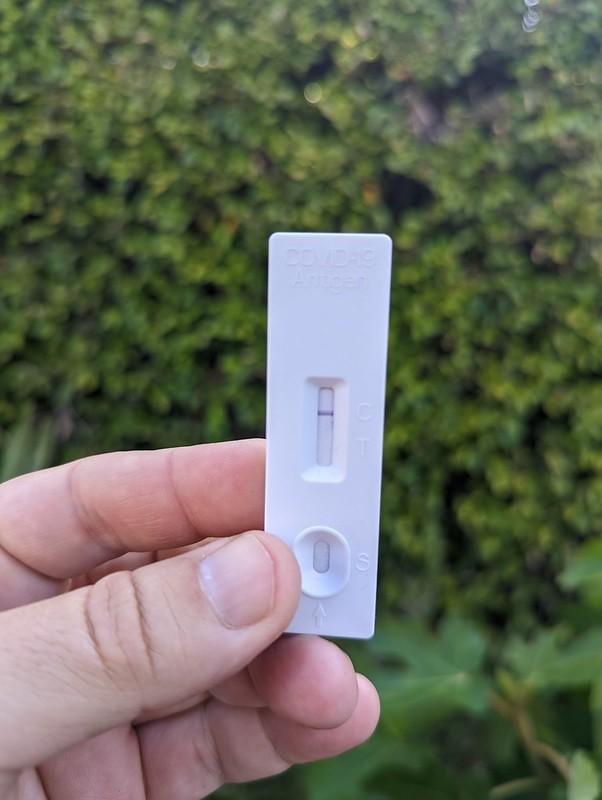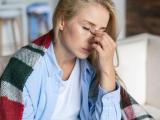With over 80% of US COVID-19 tests now being conducted at home, official case counts underreport the number of positive results and greatly underestimate the number of true infections, suggests a research letter published yesterday in JAMA Network Open.
Scientists from the University of California San Francisco and Louisiana Public Health Institute recruited participants for the COVID-19 Citizen Science Study by word of mouth, social media, email, phone, or patient portal starting in March 2020. Their aim was to collect patient-reported COVID-19 data.
The team analyzed weekly patient-reported COVID-19 testing and results and, in March 2022, also began asking participants if they used a home rapid antigen test with a self-collected sample and self- or clinical lab-interpreted results or if a healthcare provider collected the sample and sent it for testing.
To compare participant-reported results with nationally reported results, the researchers retrieved data from the Johns Hopkins Coronavirus Resource Center on Aug 15, 2022, and plotted weekly moving averages of total daily tests and positive results.
The US Food and Drug Administration authorized the first fully at-home rapid antigen test in December 2020. While regarded as an important tool in detecting infections, the tests have some limitations: Home testers don't have to report the results, and in general, the tests have been shown to have low sensitivity—particularly in children—generating a high percentage of false-negative results.
Lower positivity rates with home testing
Of 102,591 participants, 18% said they had been tested for COVID-19 at least once from Mar 16 to Aug 15, 2022. About the same proportion also provided complete demographic information. Most (67.8%) were female and White (82.1%), and their average age was 55 years.
During this time span, the proportion of home COVID-19 testing rose from roughly 60% to over 80%. The positivity rate of home tests was comparable to officially reported results through June 2022 but then started to diverge, with home tests producing lower positivity rates.
Female, White, and younger participants and those of higher socioeconomic status were most likely to test at home, and male participants and young adults were most likely to test positive on those tests.
"Home testing patterns differ by demographic subgroup, as previously shown, perhaps because of differential COVID-19 worry or availability and cost of test kits," the authors wrote.
Throughout the pandemic, COVID-19 test sites have been required to report results to local or state public health departments to detect new waves of infection, the researchers noted. They added, however, that the broad availability of home rapid antigen tests has complicated the interpretation of time trends from official case counts and positivity rates.
Home testing patterns differ by demographic subgroup, as previously shown, perhaps because of differential COVID-19 worry or availability and cost of test kits.
"Our findings confirm common wisdom that official COVID-19 case counts increasingly underestimate the number of people who test positive and vastly underestimate the number of true infections," they wrote. "The percentage test positivity in officially reported tests appears to reflect home test positivity, though these trends may be diverging."




















